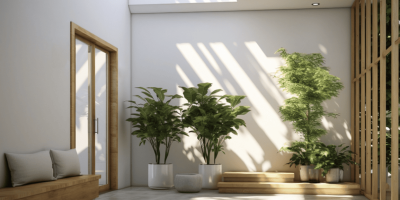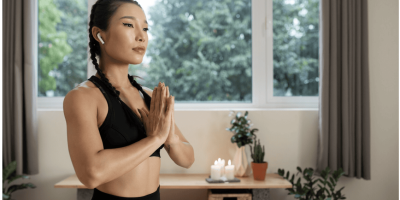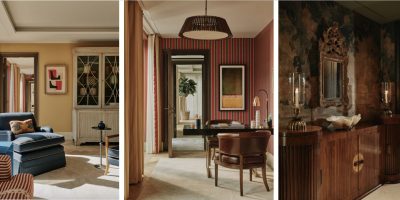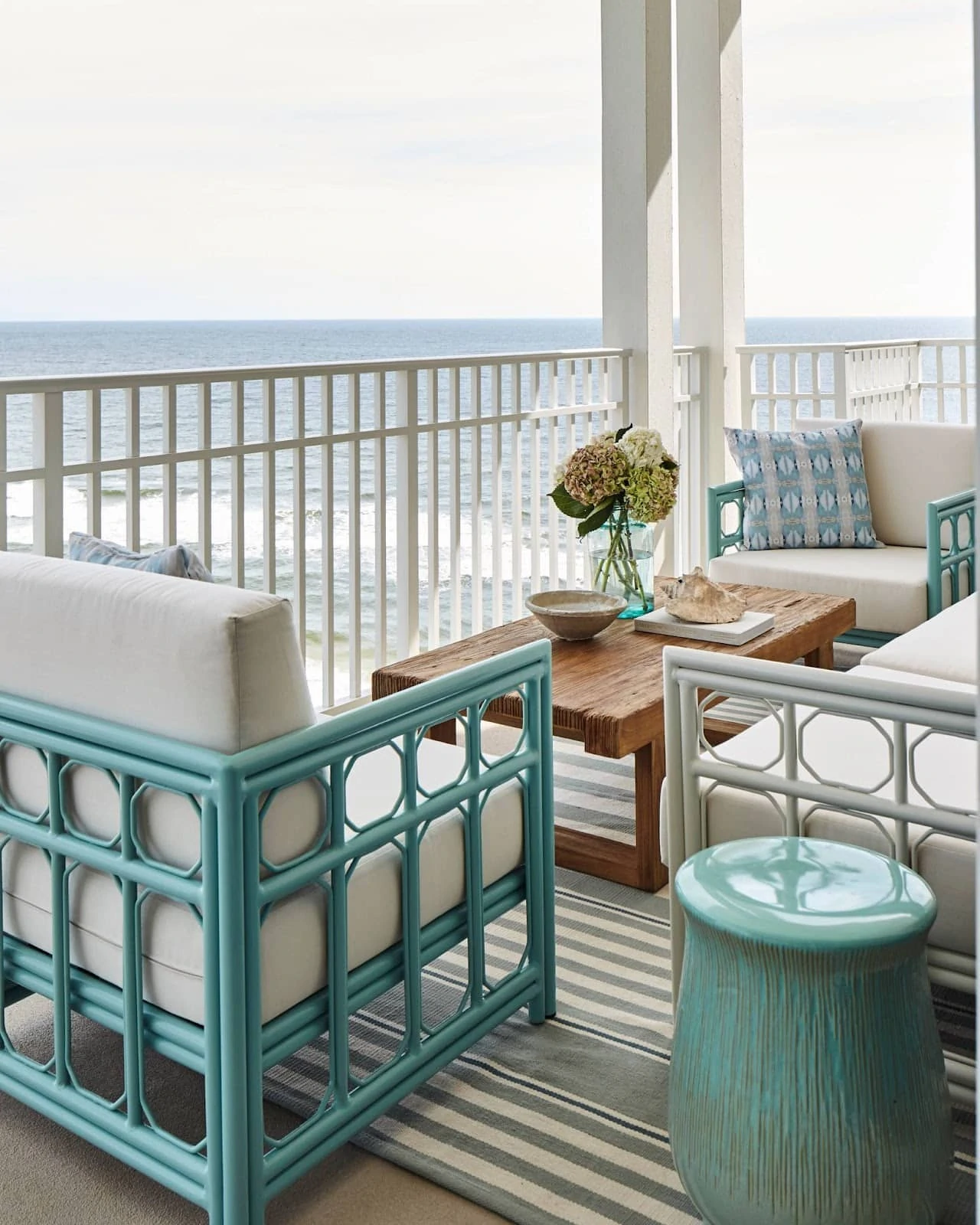
- A brief history of Zen philosophy
- Zen teaching contributes to the Japanese famous minimalist style.
- Way of adapting the Japanese interior design to your homes.
As someone who has learned about culture throughout her Bachelor’s, my perception of the world is centred on the why and how culture has influenced everything that humans touched. It is impressive how even the most mundane activities like the way we build our homes reflect our roots.
This is especially true for the Japanese minimalist interior design, which was inspired by the Buddist belief of Zen. As the majority of Japanese are Buddist, it isn’t a wonder why this belief has contributed to the whole culture’s essence.
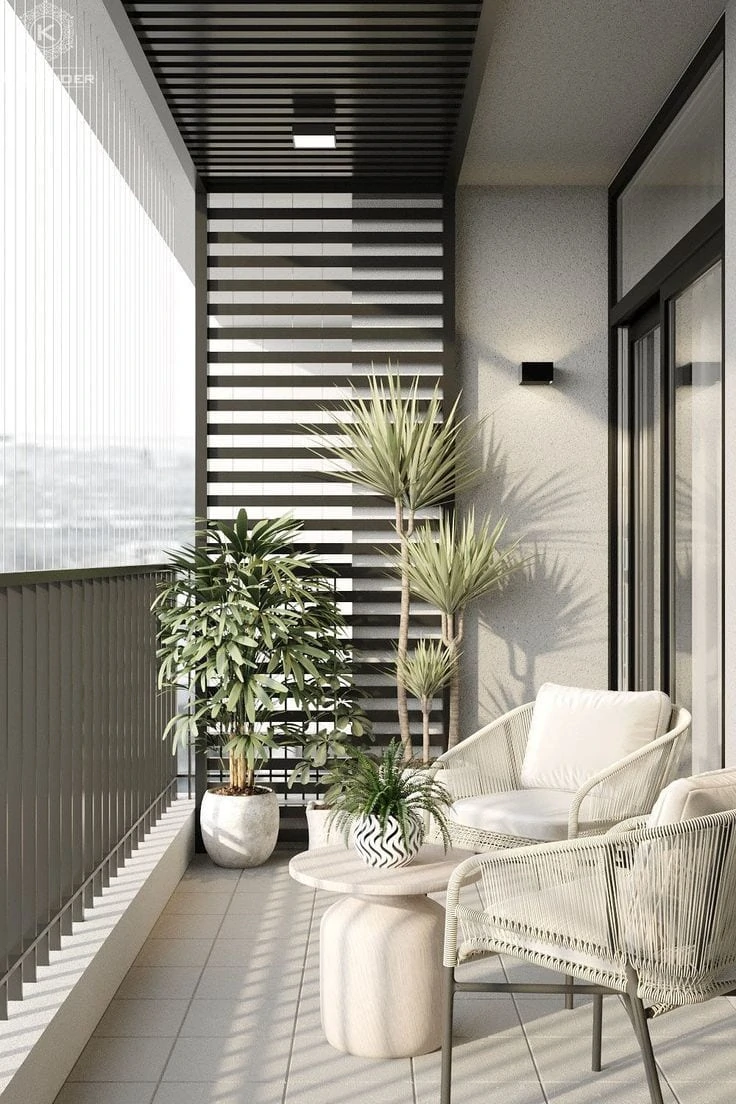
1/ The Japanese Zen Philosophy
Now, let me give you a brief history class. Did you know the Japanese word Zen was derived from the Chinese word Ch’an which was actually derived from the Sanskrit term Dhayana which means meditation? I know, that word went through a lot, but that’s just how language is. The essential point of Zen is for one to find enlightenment through self-realisation. Due to this, it focuses on meditating through the technique of ‘emptiness.’
This is because when we give our thoughts a bit of space, it will help us to see new prospects. Moreover, Zen fosters viewing the world with simplicity and straightforwardness. It encourages people to view things as they are and not overthink things. Not to forget, the teachings of Zen motivates one to be connected with themselves, others and even nature to gain wisdom and compassion.
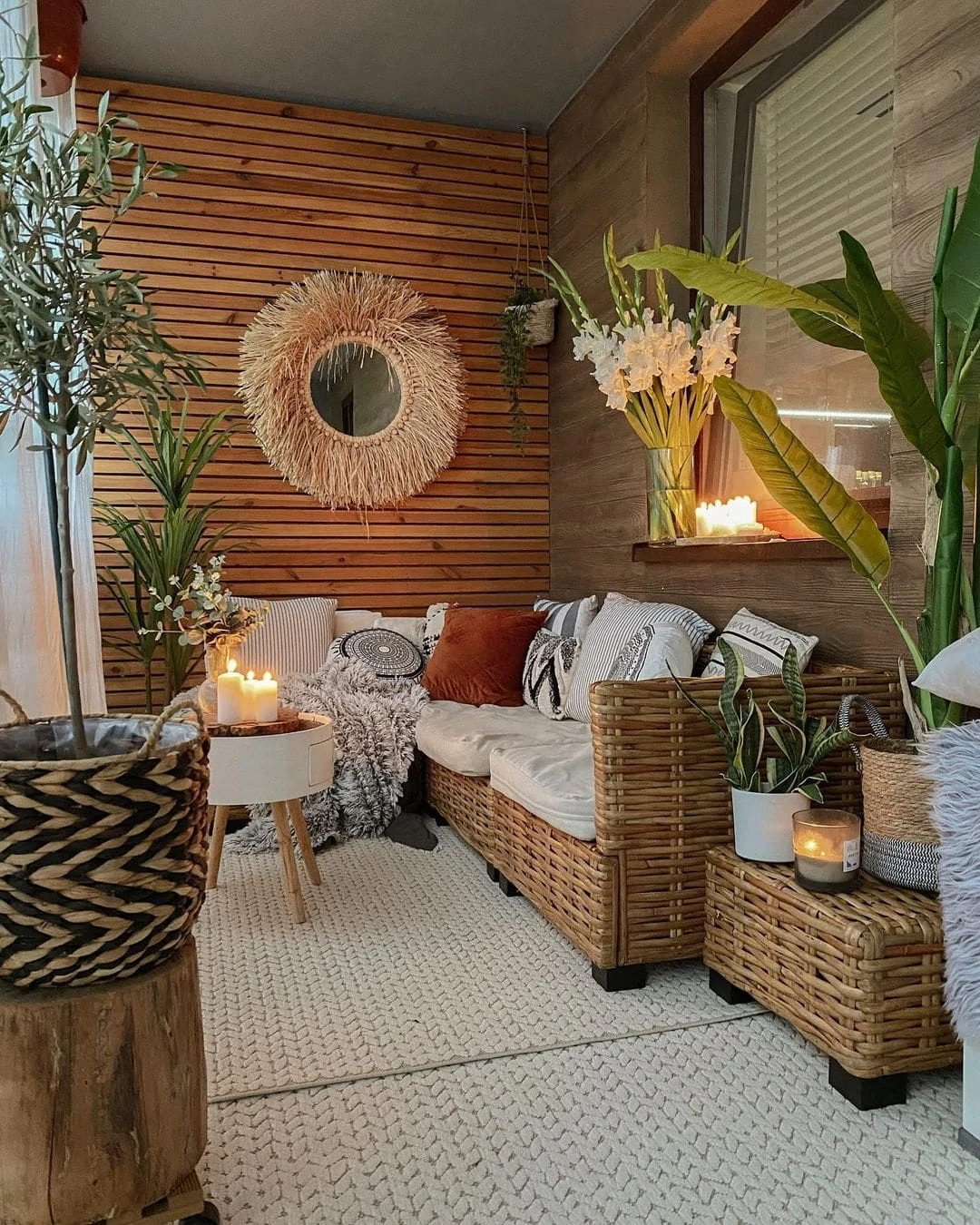
2/ Turning Abstract Teachings Into Something Substantial
So how does culture touch the most ordinary aspects of our lives? Firstly, the apparent way how the Japanese incorporate Zen teaching into their homes is through the use of open spaces.
As mentioned, the Japanese Zen Philosophy teaches that enlightenment could be attained by emptying the mind. Thus, the use of open spaces helps make a compound appear vacant. When you ponder about it, the phrase “Less is More” is definitely the best tagline for this aesthetic.

Furthermore, since the Buddhist teaching emphasises thinking straightforwardly, it is evident that they only use furniture that is truly needed on the physical level. This clears up the area, and as we’ve learned before, emptiness equals peace.
We could also see that Japanese interior design incorporates colours of nature and adds plants around their house like the Bonsai tree which helps to build a deeper connection with nature. My friends, this is why I value and am constantly in awe of how significant culture is even when we do it unconsciously. You see, if you look for it, I’ve got a sneaky feeling you will find that culture actually is all around us.
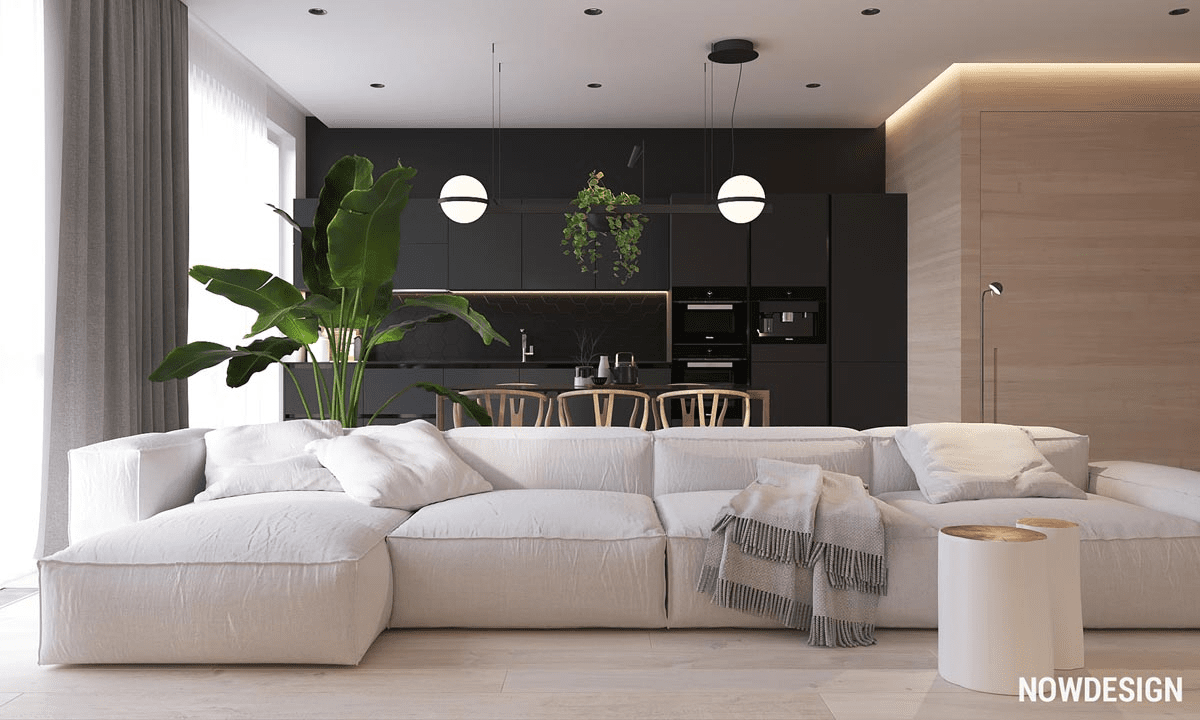
3/ Building Your Personal Sanctuary
Now how do we integrate Japanese culture into our humble abode and ensure that it will bring tranquillity? It’s quite simple as simplicity is the key to executing the Japanese Zen interior design.
If your life is as chaotic as mine, and you feel like your head could explode at any moment like an activated bomb with no specific timer, this is a sign for you to embrace the Japanese aesthetics. To do this, make sure your living place is open and not too clustered.
This will help you take a breather after a long, stressful day. I mean, considering the fact that you already have too much in your mind, having a cluster of things around you would just add fuel to the fire.
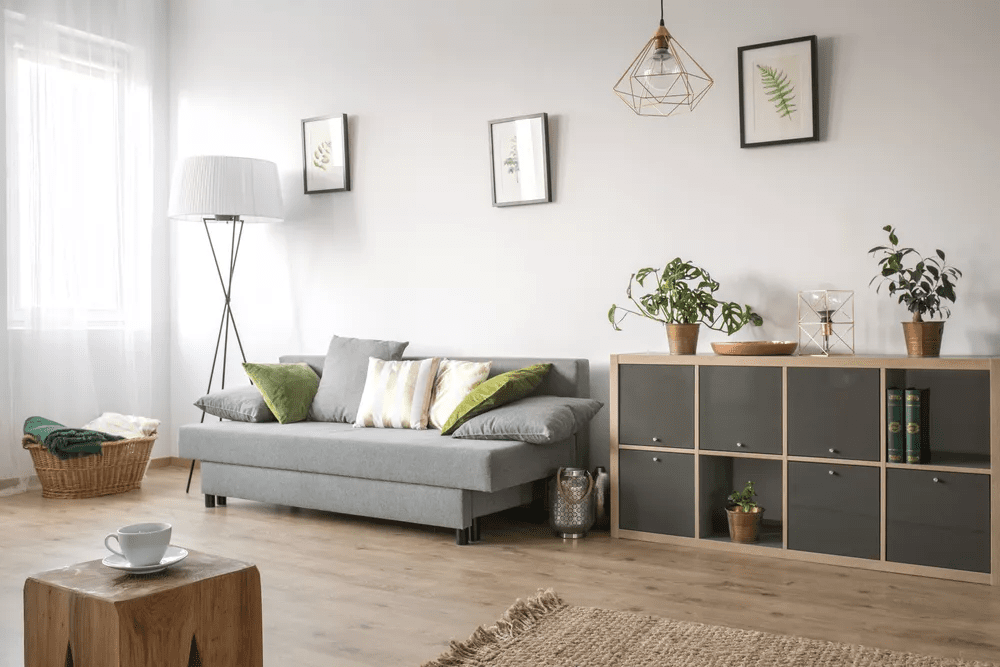
The next step to integrating the Japanese interior design is by adding colours from nature. Some good choices would be white, grey and beige in different shades. White will make a room look more spacious while bringing the feeling of calmness. Meanwhile, beige will invoke feelings of serenity and simplicity. Believe me; nothing beats the feeling of bliss that these colours bring out when you come back home after a long day at work.
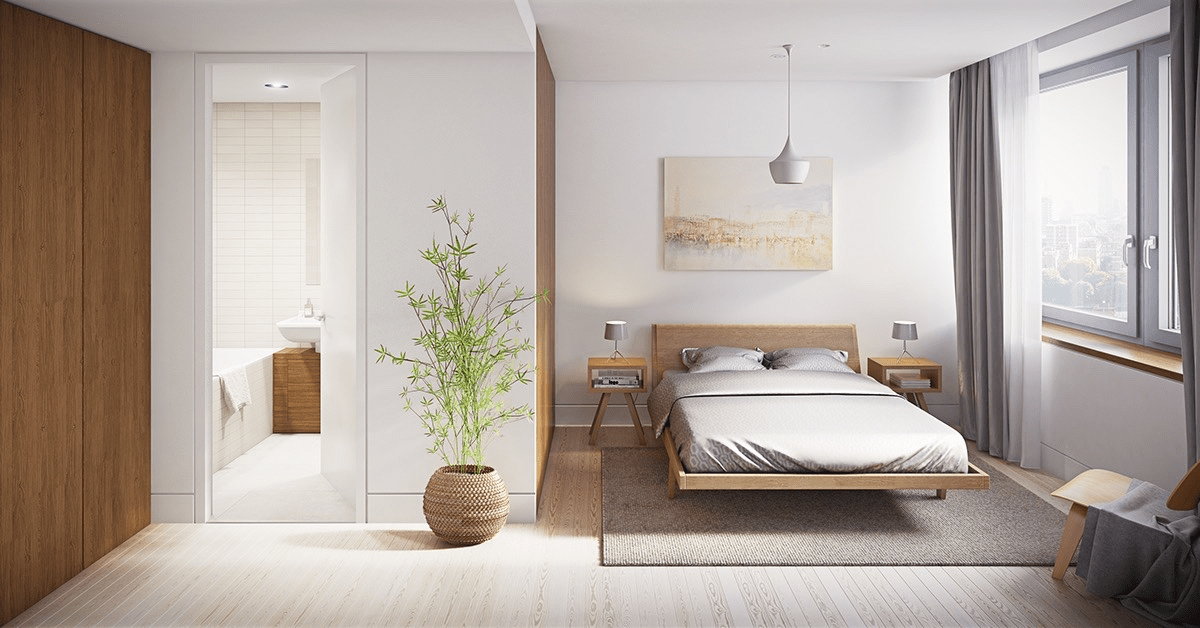
You could also take it a step further by adding natural elements. Instead of marble tiles, opt for woods instead. Adding wooden furniture that cooperates with natural colours is also a great choice because it would make your space look like it came out straight from a bamboo forest.
You could also add in a few plants as part of your decor. By the way, you don’t actually have to purchase an actual Bonsai tree. Adding some greens into your interior design will go a long way towards making you feel more at peace while freshening up the air in the house.
4/ Take One Step at a Time
I know by now you are probably daydreaming about redecorating your home with the Japanese Zen style. But I would like to gently remind you that you don’t have to go all in to make your house look exactly like a Japanese house.
There is no problem with making slow but sure progress. You could always start off small within your own capabilities because the main point is to ensure that you have your own safe space that will bring peace.

